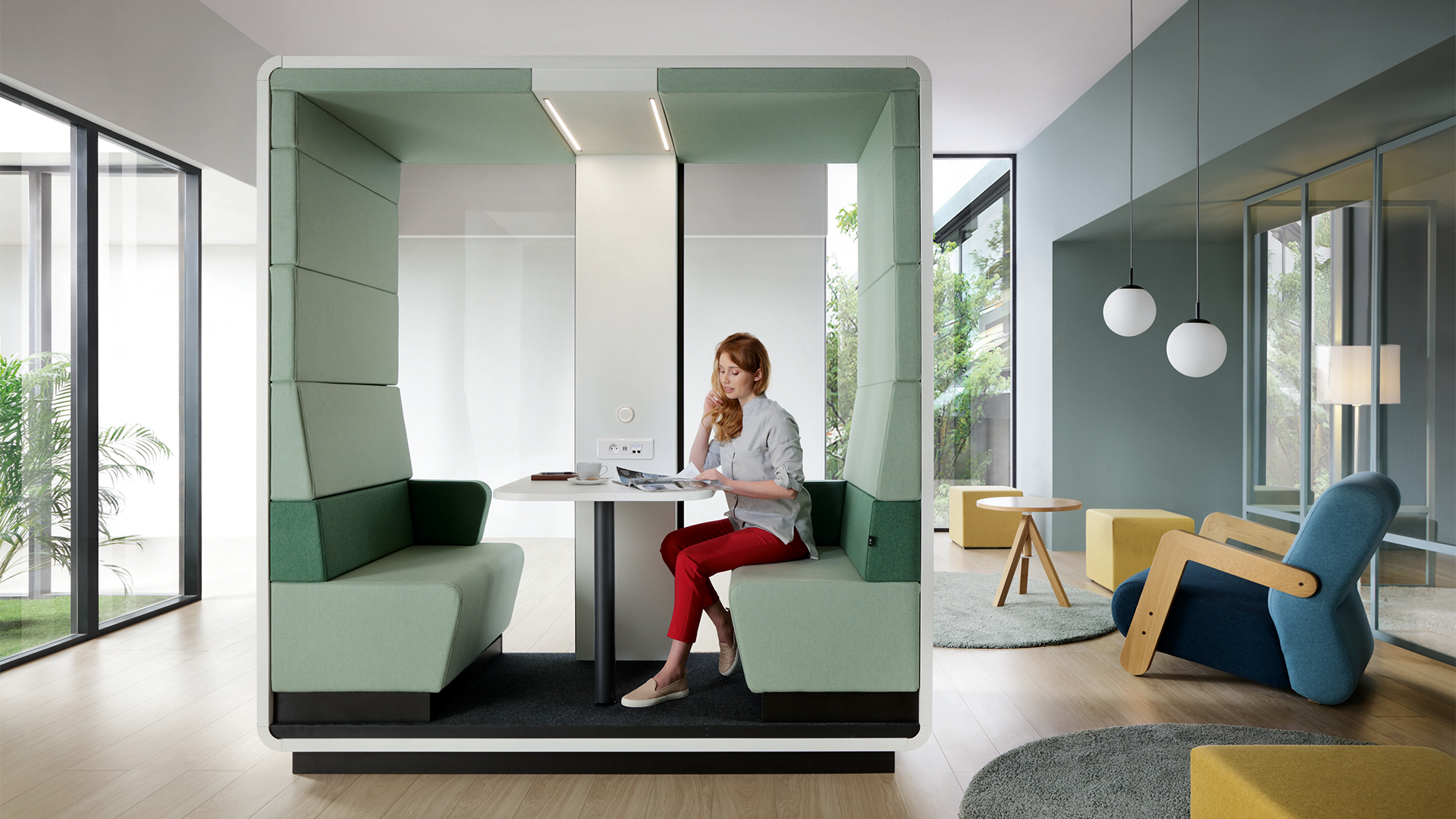
-
Beyond Storage: Reimagining the Basement: Basements, often relegated to storage or forgotten corners of the home, possess untapped potential. Remodeling a basement can significantly enhance living space, adding value to your property and improving your overall quality of life.
-
Planning and Design: A Vision Takes Shape: Before embarking on a basement renovation project, careful planning is crucial. Consider the intended use of the space. Will it serve as a home theater, a recreational room, a guest suite, or a home office? A qualified architect or interior designer can help you visualize the possibilities and create a functional floor plan.
-
Structural Considerations: Building a Solid Foundation: Basements often have unique structural challenges, such as low ceilings, limited natural light, and potential for moisture issues. A thorough assessment of the existing conditions is essential. This may involve addressing waterproofing, improving insulation, and reinforcing structural elements to ensure a safe and comfortable living space.
-
Lighting and Ventilation: Creating a Bright and Airy Atmosphere: Adequate lighting and ventilation are paramount in any basement renovation project. Consider incorporating large windows or skylights to maximize natural light. Install energy-efficient lighting fixtures and ensure proper ventilation to prevent mold and mildew growth.
-
Plumbing and Electrical: Modernizing Essential Systems: Upgrading plumbing and electrical systems is often necessary during basement renovations. This may involve installing new plumbing fixtures, upgrading electrical panels, and adding additional outlets to accommodate modern electronics.
-
Finishing Touches: Adding Style and Personality: The finishing touches can transform a basement from a functional space to a stylish and inviting living area. Consider adding attractive flooring, such as hardwood, tile, or carpet. Install custom cabinetry and built-in shelving to enhance storage and organization.
-
Safety and Accessibility: Prioritizing Comfort and Convenience: Safety should be a top priority throughout the renovation process. Ensure that all electrical wiring and plumbing are properly installed and inspected. Consider incorporating safety features such as smoke detectors and carbon monoxide alarms. If accessibility is a concern, install ramps or elevators to ensure easy access to the basement.
-
Budgeting and Timeline: Setting Realistic Expectations: Basement renovation projects can vary significantly in cost and duration. Develop a realistic budget and timeline for your project. Be prepared for unexpected costs and delays. Work with reputable contractors who can provide accurate estimates and adhere to the project schedule.
-
Permits and Inspections: Navigating the Regulatory Landscape: Obtain the necessary permits from your local building department before commencing any construction work. Ensure that all work is inspected by qualified professionals to ensure compliance with local building codes and safety regulations.
-
Maximizing Return on Investment: A Wise Home Improvement Choice: While basement renovations can enhance your enjoyment of your home, it’s important to consider the potential return on investment. A well-renovated basement can significantly increase the value of your property, making it a worthwhile investment for both current and future homeowners.




